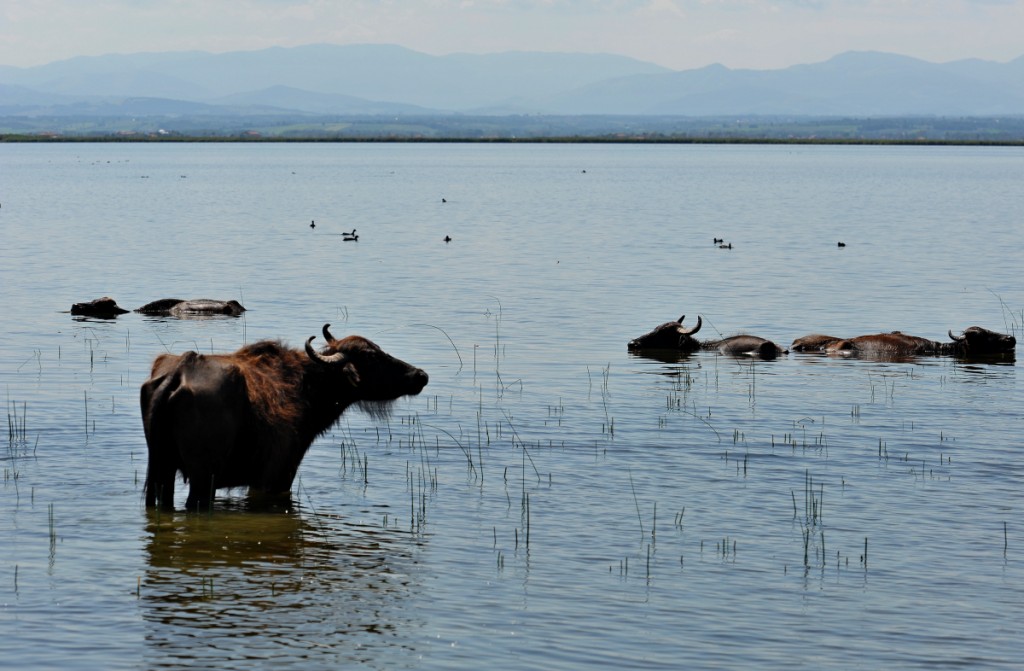
Doğa has been working in the region since 2005. Following the management planning process, a small project was implemented to reverse the declining populations of water buffaloes.
Along the southern shores of the Black Sea, the Kızılırmak Delta is the largest and the best preserved wetlands ecosystem. The Kızılırmak Delta was formed by the alluvions (increase in the area of land due to sediment) carried by Turkey’s longest domestic river, the Kızılırmak. Kızılırmak Delta is defined as an Important Bird Area, Important Plant Area and Key Biodiversity Area (KBA) in different publications, reflecting its value.
Studies show Kızılırmak Delta plays an important role in the survival of many bird species as well as a rich sand dune flora and very diverse insect populations. The Delta is not only important for its biological diversity but also for the socio-economy of the region. The main income generating activities of the local population include water buffalo farming, reed harvesting and fishing. However, activities that can cause irreversible damage to the ecosystem are on the horizon, such as the development of drainage canals without any prelimanary studies (ie. hydorological modelling), and the promotion of massive use of agricultural chemicals. Doğa has been working in the region since 2005. We have prepared the Ramsar Management Plan of the delta. Following the planning process, a small project was implemented to reverse the declining populations of water buffaloes.
Our work on the delta continue to focus on:
– Assessing the impact of the proposed conventional agricultural development schemes (irrigation and drainage plans) on the hydrology and ecology of the Kızılırmak Delta wetlands
– Improving weltand friendly local socio-economic systems supporting the local community
– Improving the interaction between urban and rural communities in the area.
Photograph: © Ali Rıza Altınok
